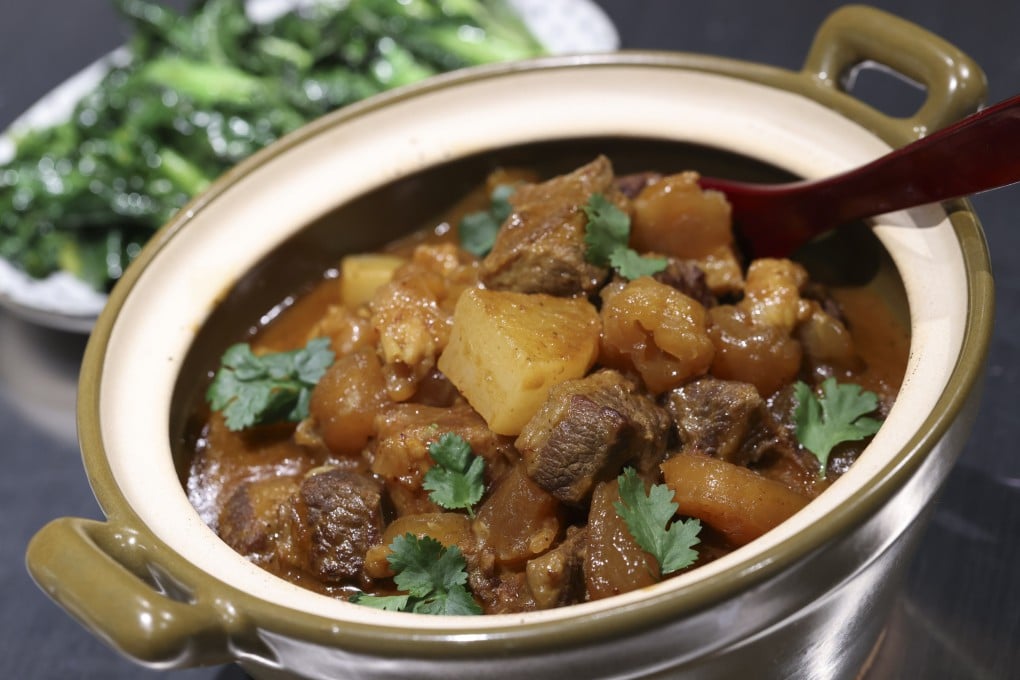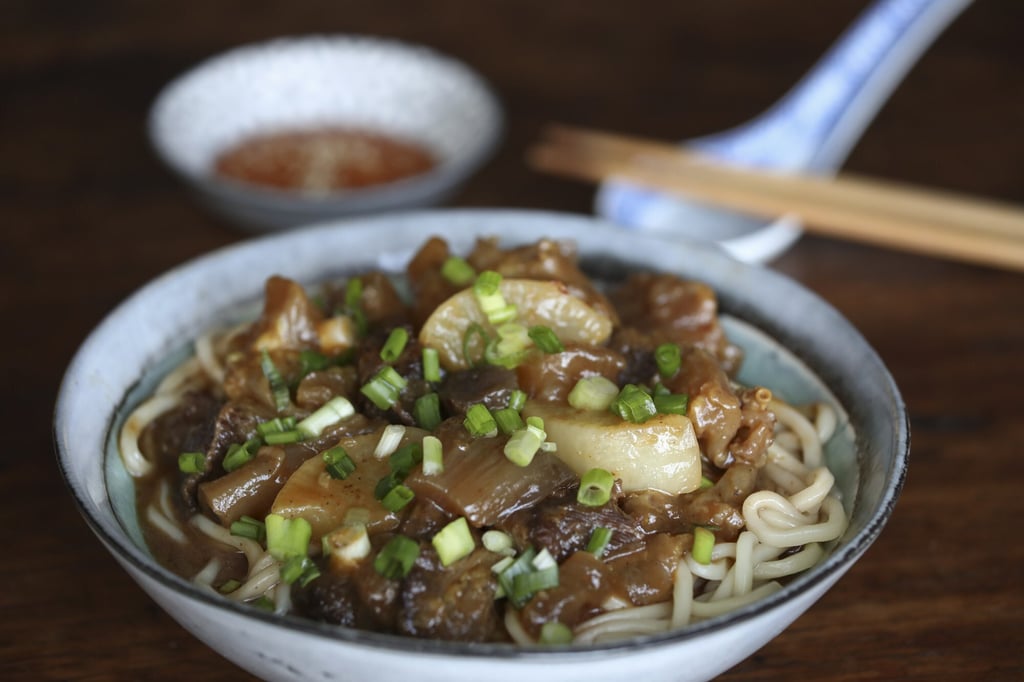How to make Hong Kong-style curried beef and tendon, classic dish that can use brisket or beef cheeks
- This dish can be cooked low-and-slow, or in a pressure cooker if time is short
- Beef cheeks cook more consistently than brisket, and the tendon adds a lovely texture to the sauce

Beef brisket noodles is a famous dish in Hong Kong. It is something that tourists (back when we had tourists) would seek out, and locals argue about which place makes the best version, and which cuts of beef they prefer, because these shops sell more than just brisket.
In addition to beef in a light broth, they also offer curried beef or tendon, which makes for a nice change.
Hong Kong-style curried beef and tendon
For braised dishes, I normally use brisket, but the quality of the dish depends on which part of the brisket you get. The thick, fatty, layered part of the brisket is tender when it’s cooked low-and-slow, but if you use the flat, lean part, the meat becomes hard and dry. So lately, I’ve been using beef cheek, which gives more consistent results.

If I’m not in a rush, I cook the ingredients in a clay pot placed over a low flame – it takes about six hours. If I need the dish to be ready in about one-third of that time, I use a pressure cooker – either a stovetop version (which is more powerful) or an electric model (an Instant Pot or something similar), which takes a little longer.
I’ve given instructions for both methods.
How much tendon you use is up to you: the beef and tendon together should weigh 1kg (35¼ oz). I like to use 500 grams (17¾ oz) of each, but most people prefer more beef. It would be a mistake to leave the tendon out altogether, though, because it gives the sauce a lovely, sticky quality.
